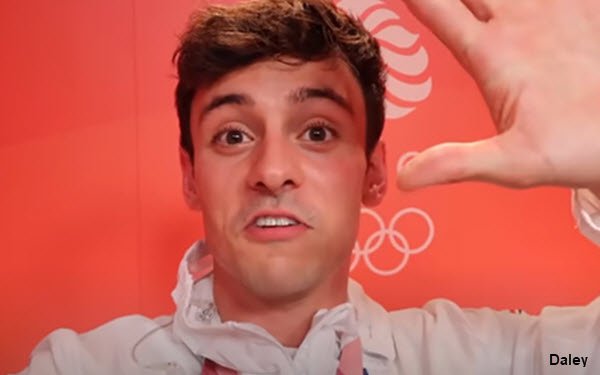
While Tokyo Olympics viewership on NBCUniversal networks was down
42% compared to the 2016 Rio games, YouTube users watched more than 200 million hours of the Tokyo games — up seven times versus Rio, according to the video giant.
YouTube Olympics
content was viewed more than 190 million times per day during Tokyo, five times more than the average daily views for YouTube’s content during the Rio games.
Over the two weeks, the
Olympic YouTube Channel alone grew from 6 million to 7.9 million subscribers,
YouTube noted that British gold medal diver Tom Daley, with 1.13M subscribers, surpassed 4.3 million views with
his #DaleyDiaries (above); that Rommel Pachero drew 1 million views during the games; and that McKayla Skinner of the USA Gymnastics team
drew viewers with her "honest, intimate look into the stresses and strains of competing in the Olympic Games."
“We worked with broadcasters around the world to deliver the most
comprehensive viewing experience, including live streams of opening and closing ceremonies, clips of memorable moments, highlights of all the action across the 33 Olympic sports, and athlete content
straight from Tokyo,” and viewers responded in a “huge” way, the platform boasted.
advertisement
advertisement
In preparation for Tokyo, YouTube launched features inclulding a medal tracker, the ability
to jump to specific sports moments within a DVR recording, and new ways to search for sports moments within its DVR libraries, notes Tubefilter.